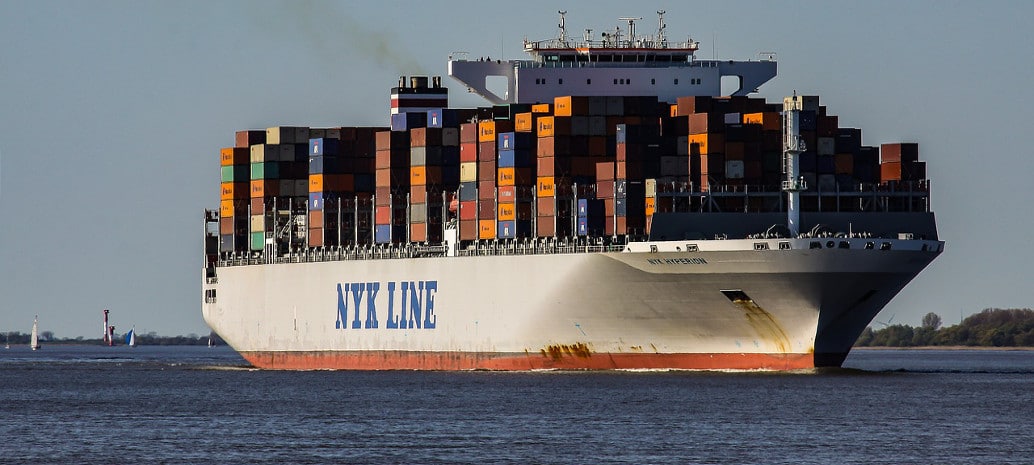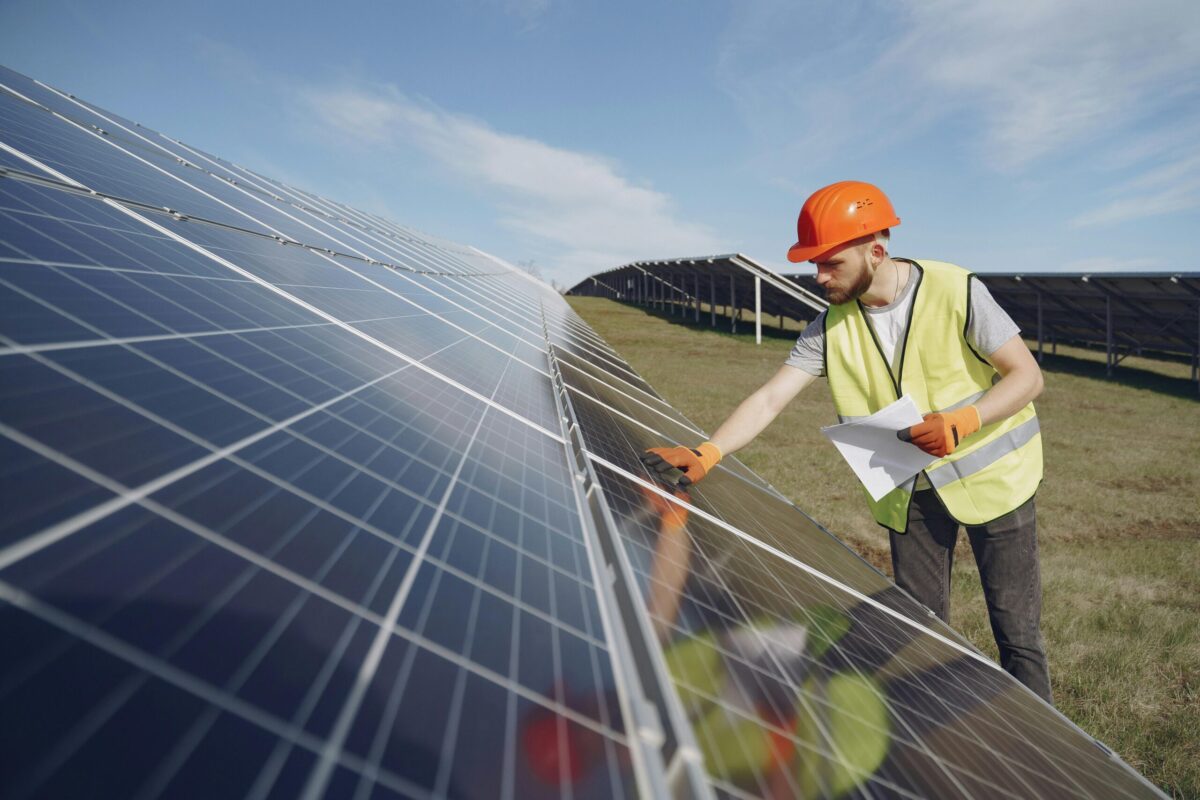Inherent in the justification for the United States’ Section 201 process is the desire to preserve sections of American manufacturing that are under threat from being wiped out by imports. But for the petitioners in the recently resolved case on solar products and their supporters, there was more than this. For years, SolarWorld in particular has spoken of a vision of creating a renaissance in U.S. cell and module production, rebuilding a sector that was decimated years ago.
Now that tariffs have been imposed, expected impacts on the downstream market have been clearly articulated by GTM Research, IHS Markit, and others, including a warning by the Solar Energy Industries Association (SEIA) that this will cost 23,000 jobs. But instead of these precise predictions, the question of whether or not these import duties will stimulate American manufacturing and bring back the cell and module sector has been largely dismissed out of hand.
Recent developments suggest that such a prognosis is premature. In recent months, pv magazine has reported on a number of companies that are either expanding their U.S. manufacturing, hiring within the nation, or planning to relocate factories there. As such, it is not a question of whether or not the tariffs will stimulate U.S. manufacturing, but instead the degree to which they will do so, and how long any effects will last.
State of the industry
To answer these questions, it is necessary to look at the current state of U.S. solar manufacturing. Contrary to claims made by SEIA, Energy Trade Action Coalition, and others, there is ample evidence that the failure of many companies in this sector since 2011 has been due to the widespread inability to compete with low-cost imports, starting with a wave of imports from China around 2011 and in later years from other Asian nations.
The United States currently meets only a small portion of its annual demand with domestic content, and current U.S. module capacity is only around 20% of the anticipated market this year. At least until Tesla’s Gigafactory is fully operational, there are only two domestic cell and module makers with the capacity to produce more than 500 MW of modules each year – First Solar and SolarWorld.
pv magazine has also identified 14 companies that make modules in the United States, but not cells. We did not find any with the capacity to produce more than 200 MW of modules annually, and all are dependent upon merchant cell supply. Incidentally, the last domestic merchant cell maker was Suniva.
Edurne Zoco, Research Director for Solar and Energy Storage at IHS Markit, says one factor in this imbalance between cell and module capacity was the 2014 Department of Commerce ruling imposing antidumping duties (ADD) and countervailing duties (CVD) on products from China and Taiwan.
“Since the ADD/CVD only impacted Chinese and Taiwanese cells, they could source cells from other markets (e.g. South Korea), do the assembly in the United States, and bypass the ADD/CVD,” Zoco tells pv magazine.
“These modules have higher ASP and serve the relatively higher price segment in the United States: residential and small commercial, which is limited. It was the fastest and cheapest solution to serve the local market. By contrast, building cell lines takes longer and it is much more capital intensive, and therefore more risky for any company.”
Cells and modules
Given the lack of domestic cell manufacturing, the Section 201 remedies proposed by Suniva and SolarWorld would have created a bottleneck in terms of cell supply, and put these smaller U.S. module makers in a compromised position.
However, it didn’t pan out that way. The Trump Administration gave an exemption for 2.5 GW of cells each year. This ensures that these module makers will not have to pay tariffs on imported cells for the foreseeable future, as this far exceeds their current total capacity.
This shifts the entire cell and module production situation under the tariffs. Not just SolarWorld and First Solar, but all module makers with U.S. factories will enjoy a competitive edge against imports. Furthermore, these module factories will not be dependent upon Suniva’s lines for a limited volume of tariff-free cells.

However, U.S.-based module manufacturers will still not be able to supply more than a fraction of domestic demand, and even under the forecasts of contraction within the U.S. market published by analysts including GTM Research and IHS Markit, imports will still account for the large majority of modules installed, at least for the next few years.
Spurring manufacturing?
Due to the 2.5 GW exemption for imported cells, there is no more reason to install cell lines in the U.S. than there was before the Section 201 process. From pv magazine’s conversations with analysts, widespread installation of cell lines was doubtful anyway given the larger capital investments and longer lead times required. Additionally, the lack of local supply chains to support cell production further discouraged such a move.
Therefore, the question becomes whether or not U.S. module capacities will expand, and this is more complicated. It can be argued that this is happening already. Over the course of the last two months Solaria and SolarTech Universal have both announced capacity expansions. Mission Solar Energy has also revealed that it will hire 50 workers to bring its module lines back to 24/7 production, as the first step before an undefined future expansion.
Additionally, there is “Project Volt,” where a major global PV maker is looking to locate a $410 million solar factory in Jacksonville, Florida. Based on inside sources and additional evidence, we believe Jinko Solar is the company behind Project Volt. And finally, United Renewable Energy, a partnership between three of Taiwan’s biggest cell makers, has announced plans to establish a U.S. module factory.
Despite these announcements, Edurne Zoco says that the business fundamentals also do not support moving module manufacturing to the United States. Among other details, she cites uncertainty around how the 2.5 GW of tariff-free cell imports would be allocated, noting that in order to build a business case for module assembly it will be essential to secure a supply of cells.
State-level support
However, Zoco makes an exception for what she calls “political factors,” which include state and local subsidies; relationships between large utilities, developers and suppliers; and international developers with local project pipelines that they are trying to build out.
The availability of state-level and local policy support may end up being the defining factor in whether or not any particular factory gets built. As such, support has been widely utilized in all of the recent U.S. cell and module production sites that have come online.
In particular, Tesla/Panasonic’s solar gigafactory in Upstate New York was not only highly subsidized, but the building itself is owned by a non-profit associated with the State University of New York, and only leased by Tesla. Similarly, when thin film maker Stion set up shop in Mississippi it also received heavy subsidies from the state, including a loan that the state is trying to recover now that the factory is closed.
Shortly before this article was written, Jacksonville City Council had just approved $23 million in incentives for Jinko Solar, as the first phase of a $54 million package that will include state grants for hiring veterans.
Modest growth
In the end, the Section 201 tariffs may end up helping to modestly expand U.S. module assembly. But although it is hard to tell the exact volume at this time, they are unlikely to spur a renaissance in U.S. solar manufacturing.
To understand why, it is necessary to look beyond the solar industry. In the last decades of the 20th Century, U.S. manufacturing employment plummeted as factories moved overseas. In the early 1990s the nation’s trade deficit in goods spiraled above $100 billion annually, and reached a high of $828 billion in 2006 – more than $2,500 for every American.

China, which was for many years our primary trading partner and trade war opponent, has articulated and pursued a comprehensive, long-term approach to supporting its solar manufacturing. PV makers are supported at every level of government, including the supply of massive lines of credit by state-run banks. In Malaysia, which has become the largest source of modules for the U.S. market, high-tech industries enjoy a 10 year tax holiday.
In both nations, this attracted supply chains, as industrial and research clusters formed and the workforce developed a high degree of manufacturing skill. In the relatively deindustrialized United States, all of this would have to be rebuilt.
There will be some short-term benefit to U.S. module makers from import duties on solar, but it is not clear that this will offset lower levels of deployment incurred by both the higher price of imported solar and the uncertainty created by the Section 201 process. And it is the consensus of experts that such tariffs themselves are far from sufficient to result in widespread growth in the domestic solar cell and module manufacturing space. As we have stated in previous articles, if the U.S. wants a return of solar manufacturing, at a minimum it will have to develop a robust, long-term industrial policy. This is a much larger political task than simply imposing tariffs, and is well beyond the scope of any proposals made either by President Trump or previous administrations.
This content is protected by copyright and may not be reused. If you want to cooperate with us and would like to reuse some of our content, please contact: editors@pv-magazine.com.



By submitting this form you agree to pv magazine using your data for the purposes of publishing your comment.
Your personal data will only be disclosed or otherwise transmitted to third parties for the purposes of spam filtering or if this is necessary for technical maintenance of the website. Any other transfer to third parties will not take place unless this is justified on the basis of applicable data protection regulations or if pv magazine is legally obliged to do so.
You may revoke this consent at any time with effect for the future, in which case your personal data will be deleted immediately. Otherwise, your data will be deleted if pv magazine has processed your request or the purpose of data storage is fulfilled.
Further information on data privacy can be found in our Data Protection Policy.